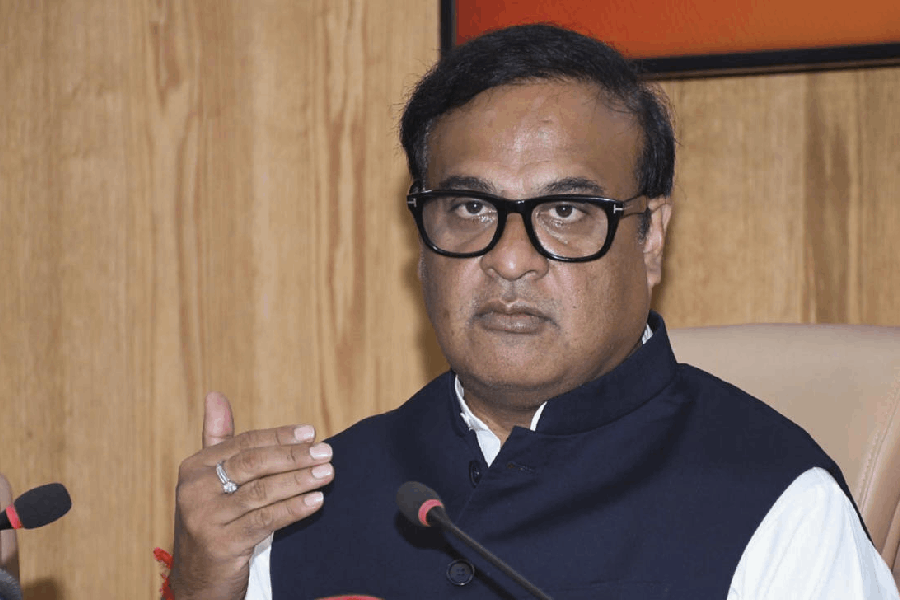Some recent, horrifying incidents of the abuse of freshers in two colleges in Kerala by their seniors have highlighted, once again, the malaise of ragging. The malaise, it must be pointed out, is a national phenomenon. Data gathered from a helpline that was instituted by the University Grants Commission way back in 2009 bolster such a claim. Over a decade since its creation, more than 8,000 complaints of ragging were registered on this helpline; there was even a shocking surge of 208% in ragging between 2012 and 2022. An estimated 78 students lost their lives to ragging in states such as Maharashtra, Uttar Pradesh, Tamil Nadu, Telangana and Andhra Pradesh: Calcutta would remember one such fatality that took place at Jadavpur University two years ago. Most complaints of ragging during this period came from UP, which was followed by Madhya Pradesh, West Bengal, Odisha, Bihar and Maharashtra. This worrying picture can be attributed to institutional lethargy, even complicity, in these crimes. For instance, the Supreme Court’s guidelines unveiled in 2009 seem not to have been strictly implemented by the government. The UGC has its own anti-ragging stipulations: Clause 9.4 of these regulations clearly mandates that it can take action against educational institutions that have a tardy record of checking ragging. Yet, responding to a right to information query from a non-governmental organisation, the UGC admitted that it has not made use of this clause since 2009. The propensity to conceal ragging is also prevalent among colleges and universities to safeguard their reputation; some even dismiss such violence as a benign, rite-of-passage ritual. Often, complaints are also deemed as frivolous. There is also the additional challenge of coming up with a consensual definition of the phenomenon itself.
The steps that need to be taken immediately to eradicate ragging are not too difficult to fathom. The existing regulatory guidelines — legal and institutional — must be implemented, and the quality of implementation monitored, on India’s vast educational landscape. Complementary measures, such as the setting up of complaint boxes, CCTV coverage in campuses, a register or database of offenders and victims and so on, should be prioritised as well. These, of course, are interventions that are limited to infrastructure and the regulatory framework. But ragging is also the consequence of deeply enmeshed intersections between a toxic, masculine ethos and its conceptions of power. Its taming needs investments in sensitising mechanisms that should target the minds of student fraternities.










